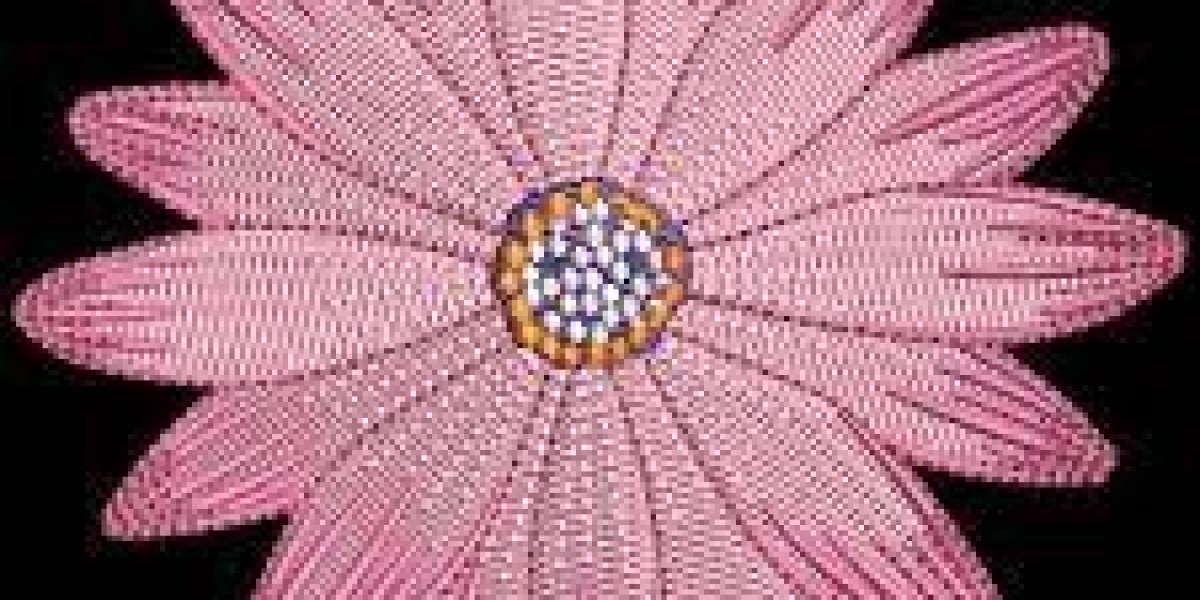Introduction
In a world where technology is fusing with every industry, embroidery digitizing is stepping beyond tradition and into the futuristic realms of smart fashion and wearable tech. No longer just a decorative craft, embroidery is becoming a medium for innovation—integrated into clothing that communicates, reacts, and adapts. This guest post explores how embroidery digitizing is powering this transformation and what it means for the fashion, tech, and design industries.
What is Embroidery Digitizing?
Embroidery digitizing is the process of converting artwork or designs into a digital file format that embroidery machines can read. This allows for precision stitching of intricate designs onto fabric using automation. It's the digital backbone behind embroidered branding, fashion embellishments, and now—smart textiles.
The Intersection of Embroidery and Technology
The fusion of embroidery and technology has led to the rise of intelligent textiles. These are garments embedded with electronic components such as sensors, LEDs, or conductive threads. Digitizing plays a pivotal role in this, enabling machines to stitch with extreme precision and consistency—essential for the integration of tech components.
Examples include:
Bio-sensing Shirts: Embroidered with ECG threads that monitor heart rates.
LED Fashion: Digitized embroidery pathways used to light up garments.
Touch-sensitive Clothing: Embroidery used as interactive touch panels.
How Embroidery Digitizing Supports Smart Fashion
1. Precision and Accuracy
Smart textiles require high accuracy. Digitizing ensures that stitching paths are exact, which is critical when working with conductive threads and sensitive tech materials.
2. Customization at Scale
Using embroidery digitizing software, designers can replicate tech-integrated designs for mass production without losing quality. This is a game-changer for both independent brands and large-scale manufacturers.
3. Faster Prototyping
Smart garments often go through several iterations. Digitizing enables quick edits and automated stitching trials, dramatically reducing development time.
4. Enhanced Aesthetic Appeal
Techwear can sometimes look utilitarian. With embroidery digitizing, fashion designers can incorporate tech without sacrificing beauty—combining function with form.
Emerging Trends in Smart Embroidery
Eco-friendly Conductive Threads: New sustainable materials are emerging that work well with embroidery machines.
3D Embroidery Effects: Digitizing software now supports 3D stitching to embed flexible circuit boards.
AR/VR Integration: Designers are using augmented reality to preview embroidery on smart garments before stitching.
Best Practices for Embroidery Digitizing in Techwear
Use High-Resolution Artwork
Poor input leads to poor output. Always start with vector-based or high-res designs for best results in tech embroidery.
Choose the Right Backing and Stabilizers
Smart garments require special fabrics. Pair your digitized design with stabilizers that don’t interfere with electronic components.
Optimize Thread Pathing
Minimize thread jumps and trims to reduce friction and ensure smooth tech integration.
Test Rigorously
Every new material and design combination must be tested extensively before launch. Consider multiple trials using different machines and software settings.
Benefits of Embroidery Digitizing for Wearable Tech Brands
Brand Differentiation: Offers unique design possibilities for techwear startups.
Enhanced Functionality: Enables integration of smart features without bulky additions.
Cost Efficiency: Reduces manual labor and design errors.
Scalability: Easily adapts to different garments and sizes.
Challenges to Watch For
Material Compatibility: Some smart materials are not embroidery-friendly.
Software Limitations: Not all digitizing software can handle 3D or conductive paths.
Machine Calibration: Requires advanced machines and expert calibration.
Tools and Software for Advanced Embroidery Digitizing
Wilcom Embroidery Studio
Hatch Embroidery Software
PulseID Automation
Embrilliance Platform
The Future of Embroidery Digitizing in Tech Fashion
The future holds incredible potential. Imagine clothing that can change color with mood, jackets that heat themselves based on weather, or embroidered logos that glow when you receive a call. All of this begins with embroidery digitizing.
As AI and machine learning merge with embroidery tech, we’ll see increasingly intelligent software that can auto-optimize designs for fabric types, stretch, and motion—making embroidery not just decorative but responsive.
Conclusion
Embroidery digitizing is more than a production step—it’s the bridge between tradition and technology. As the fashion industry shifts toward smart textiles and wearable innovations, digitizing ensures quality, scalability, and creativity in every stitch.
Whether you're a fashion designer, tech developer, or embroidery business owner, now is the time to explore how digitizing services can expand your capabilities and bring futuristic ideas to life.
FAQs
Q1: Can embroidery digitizing be used for conductive threads?
Yes, with proper pathing and material settings, digitizing supports conductive embroidery.
Q2: Is digitizing expensive for smart fashion?
Costs depend on design complexity, but automation through digitizing reduces long-term production costs.
Q3: What fabrics work best for smart embroidery?
Non-stretch synthetics and cotton blends with stabilized backing are ideal.
Q4: Is this suitable for small brands or only large corporations?
Even indie designers can leverage digitizing software to create smart embroidery pieces affordably.
Q5: Can I preview smart embroidery in software?
Advanced platforms like Wilcom and AR plug-ins allow digital previews before production.








